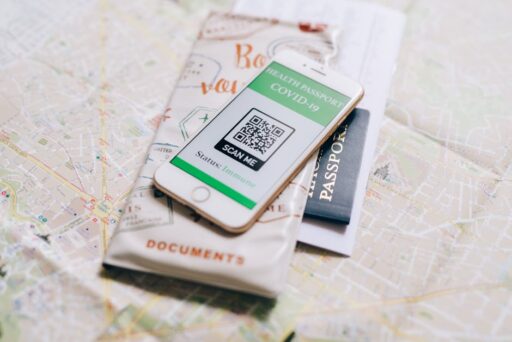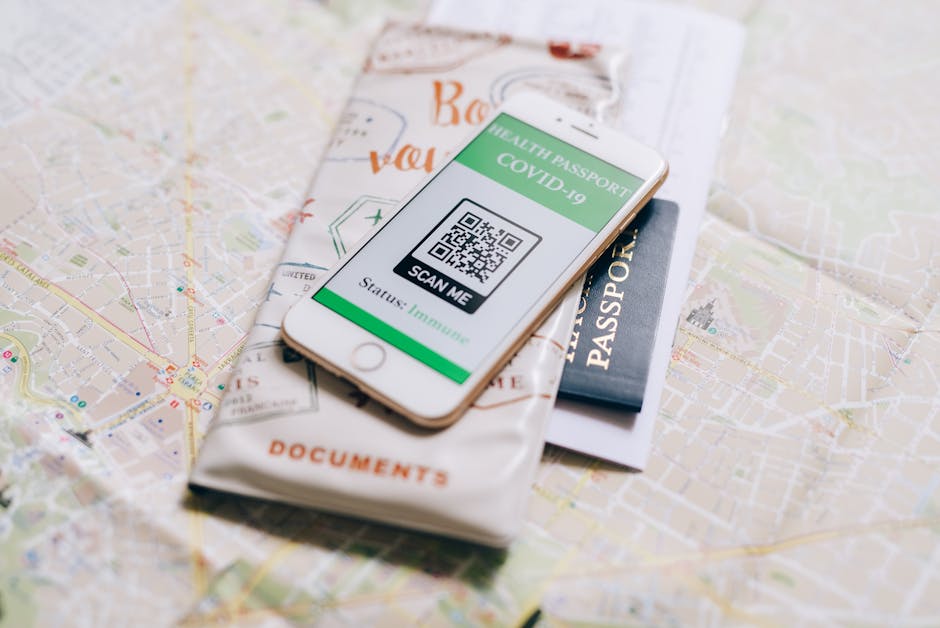Essential Cybersecurity Measures for Remote Workforces
As more companies transition to remote work due to the COVID-19 pandemic, many face cybersecurity challenges posed by haphazard preparations. Protecting company and personal data becomes crucial when employees work from personal networks or public Wi-Fi.
Understanding Online Threats
For many employees, remote work is a new experience, which brings unique cybersecurity risks. It’s vital to be vigilant about potential threats such as phishing attacks and malware.
Implementing Effective Security Solutions
Use Company-Issued Devices
Company-owned computers are equipped with the latest security software, making remote management easier. By providing these devices, companies ensure software updates and firewalls are consistently maintained.
Secure Personal Devices
While personal computers are cost-effective, they pose security risks. Companies can mitigate these by enforcing security measures such as up-to-date software and secure network access.
Educate on Phishing and Malware
Employees should be trained to recognize phishing emails and avoid installing unauthorized apps. Basic security training is essential to prevent data breaches.
Strengthen Password Policies
Enforce strong password policies and encourage the use of password managers. Two-factor authentication should be mandatory to add an extra layer of security.
Regularly Backup Data
Frequent data backups using the 3-2-1 rule and secure cloud services like OneDrive or Google Drive are crucial. Tools like NAKIVO Backup for Office 365 add security layers.
Keep Software Updated
Ensure all software, including operating systems and antivirus programs, are updated regularly. Automatic updates should be enabled to prevent vulnerabilities.
Utilize VPNs
VPNs provide secure connections, especially on public Wi-Fi. They encrypt internet traffic, protecting data privacy and security.
Provide IT Support
Offer remote technical support to ensure proper firewall and anti-malware software installation, protecting both personal and company devices.
Establish Security Protocols
Develop a clear cybersecurity policy outlining data use and protection. Regularly update these policies to adapt to technological changes.
Security Tips for Remote Employees
- Choose a Private Workspace: Ensure workspaces are private to prevent unauthorized access.
- Lock Devices: Always lock computers when not in use to prevent unauthorized access.
- Avoid Password Reuse: Use different passwords for different accounts and enable 2FA.
- Secure Wi-Fi Connections: Use strong passwords for home Wi-Fi and VPNs for public networks.
- Regular Software Updates: Keep all software and antivirus programs updated.
- Restrict Device Access: Avoid sharing company devices with others to maintain security.
- Avoid USB Drives: Do not use USB drives that might contain malware.
- Enable ‘Find My Device’: Use device tracking features for security in case of theft.
Maintaining transparency and tracking work processes through task trackers enhances security and productivity. Companies and employees must collaborate to ensure comprehensive cybersecurity measures are in place, safeguarding against potential threats and breaches.





